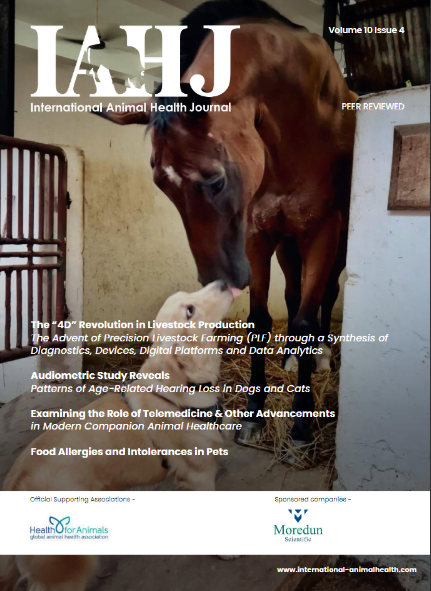For over 50 years, scientists have observed that the behaviour of a wide variety of animals can be influenced by the Earth’s magnetic field. However, despite decades of research, the exact nature of this ‘magnetic sense’ remains elusive. Will Schneider and Richard Holland from Bangor University in Wales and their co-worker Oliver Lindecke from the Institute for Biology, Oldenburg, Germany have now written a comprehensive overview of this cross-disciplinary field, with an emphasis on the methodology involved. This work is now published in the journal EPJ Special Topics.
This magnetic sense, or ‘magnetoreception’, was first noticed in birds, and particularly in migratory songbirds. It has now been observed in many other species including mammals, fish and insects. However, the exact relationship between the magnetic field and the behaviour is difficult to pin down because it can be masked by other environmental factors. Experiments must be very carefully designed if their results are to be statistically sound.
“We aim to provide a balanced overview for researchers who wish to enter this exciting area of sensory biology,” explains Schneider. He and his co-authors outlined a range of methods that are used to deduce whether an animal’s behaviour is affected by a magnetic field. These include using GPS to mark animals’ alignment with the Earth’s field during normal activities, such as cows grazing; observing behaviour after tissues thought to be responsible for magnetoreception have been removed, or genes knocked out; and attaching small magnets on or near the animals’ bodies to disrupt the mechanism. Further work by animal physiologists, neuroscientists, geneticists and others will also be necessary to truly understand this phenomenon.
And this research is not only of academic interest. “Understanding animal magnetoreception will help us to protect animals released into unknown environments in the wild,” adds Lindecke.












